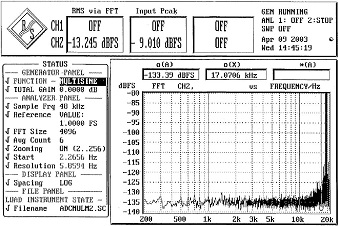Based as it is on the TDA1541 architecture, I can't see how anything could be much different. You can quibble about the 7308 versus other tubes, but that's pretty much a subjective decision.
To remember: the TDA chip is still a current output device and needs a fast I/V converter....or a very small resistor if you don't mind all the noise. No tube will come close to the ~1nV/Hz^2 noise of the <100 ohm resistor.
I've had good luck with Pure Music converting 128fs DSD to 24/88.2 PCM ... what I heard sounded like very, very good DSD, despite the fact I what was actually listening to was a pure ladder converter with no noise-shaping at all. If the Zanden accepts an external USB input, or you're OK with S/PDIF -> USB adapters (I've heard the JKenny unit is one of the best, and he's right here on the forum), you can always try software conversion from DSD to high-quality PCM and draw your own conclusions.
In this case, Lynn, the ladder converter is playing noise shaped DSD converted to PCM, so we are still listening to noise shaping even in this scenario; it's really hard to get away from it in the (present) land of digital.
You might be surprised how good it sounds; I now think one of the reasons DSD -> PCM conversion has gotten a bad reputation is that the cheaper delta-sigma converters don't do a very good job of it. Same story for upsampling; high-quality software conversion seems to sound a lot better than old-school hardware-based oversampling, which was a pretty crude process.
I imagine that any converter would do a less than stellar job converting DSD to PCM if it's also trying to do sample rate conversion to 96/24, which is often chosen as a default hi-res format. Even pros record in 96/24 in spite of the fact that virtually all music releases end up as 44.1!











